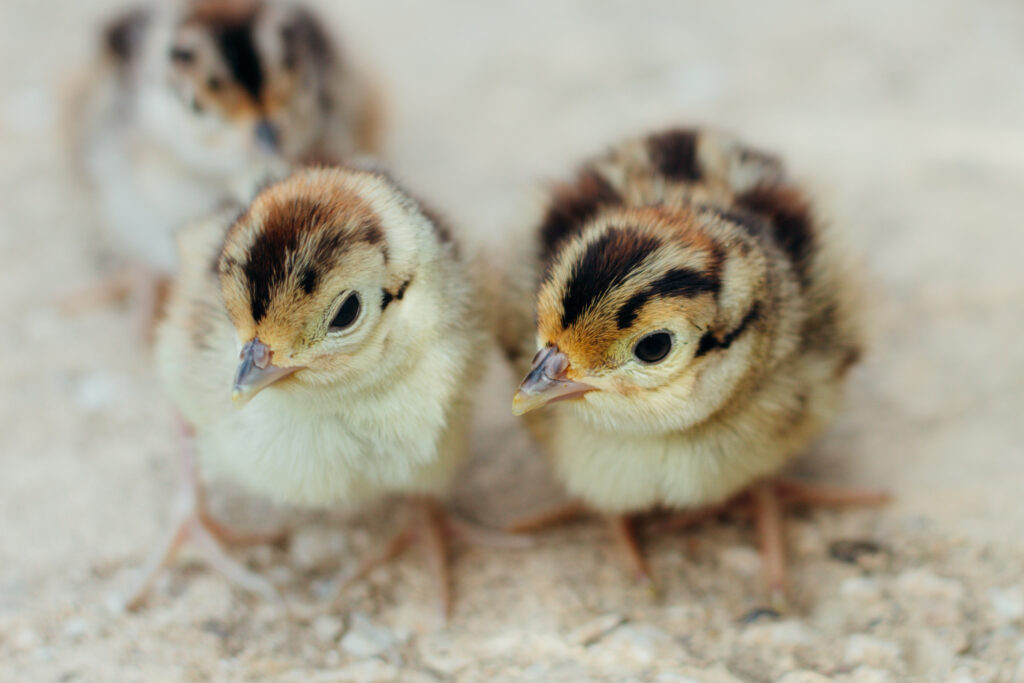Incubation of Pheasant Eggs
Presented by:
Vern L. Christensen
Department of Poultry Science
North Carolina State University
See full PowerPoint presentation here
The final destination of the properly managed fertilized pheasant egg is the incubator within the hatchery. Modern-day hatcheries generally have egg-setting capacities of thousands of eggs. Fertilized pheasant eggs have a 24-day developmental period so the scheduling of egg settings and removal of hatched chicks requires careful planning and monitoring of incubation conditions. Sanitation is imperative in commercial hatcheries as well because conditions for bacterial, mold and viral growth are ideal under incubation environments. In fact, human vaccine manufacture is often accomplished using fertilized poultry eggs.
To accomplish successful incubation, an understanding of the basic principles of incubation is essential. Five principles of artificial incubation are essential for successful hatching of pheasant eggs. These factors are valid as well for the incubation of almost any avian species. The five principles are: Temperature, Humidity, Turning, Ventilation and Light and/or Sound. Each of these environmental factors must be controlled to successfully develop a blastoderm into a hatchling.
Explanation of each of the five principles:
Temperature
When discussing incubation temperature it is important to differentiate the type of incubating machine used. Incubators can be classified based on ventilation and how eggs are set. Ventilation can be Still-air or Forced-draft. Single-stage incubators are machines designed to incubate one setting of eggs through to hatching. Multi-stage incubators are engineered to contain eggs of multiple ages. Eggs become exothermic approximately midway between setting and hatching (approximately 12 days). Energy can be saved if endothermic (Eggs less than 12 days of development) are incubated with eggs older than 14 days. Heat from the older eggs is used to provide heat for the younger embryos. Temperature requirements differ for each type of machine.
The physiological function of temperature in the developmental process is control of the rate at which the embryo develops. Furthermore, temperature is the most critical of the five principles of incubation.
Still-air Machines. It is recommended that the incubation temperature for still-air machines be 100.5⁰F the first week of incubation, 101.5⁰F the second week, 102.5⁰F the third and 103⁰F the fourth week (Insko and Martin, 1936).
Reducing the temperature 2 to 3⁰F and increasing humidity to a wet bulb temperature or 90⁰F (70% RH) may help improve the survival of pheasant embryos.
A suitable alternative may be simply maintaining a constant incubation temperature at 102⁰F throughout the entire developmental period.
Forced-draft Machines. Each manufacturer will have specific directions for their machine. It is generally recommended that the incubation temperature be set at 99.5⁰F for the initial 21 days of the pheasant chick embryo incubation period.
Critical Range for Incubation Temperature. Chick embryos have either a nonexistent or a very weak thermoregulatory ability. Their zone of thermoneutrality is very narrow as an embryo. Therefore, incubator temperatures must be controlled very carefully to avoid physiological aberrations and/or death. The critical temperature for incubating pheasant eggs is between 96.0⁰F and 103.0⁰F. Outside of this range is the LD50 (Lethal dose for 50% of the embryos). It is important in operating incubators for pheasant eggs that the temperature of the machine never falls below 96.0⁰F or increases greater than 103.0⁰F for an extended period of time. Operating at these temperatures for short periods of time will not harm the embryo, but operation for extended periods of time may be fatal.
Humidity
The physiological role of humidity in incubation is only partially understood. It is easy to see how dehydration may affect embryonic growth and survival because all life must develop in water. The role that overhydration plays in incubation and embryo survival is less easily understood. Experience has proved that a relative humidity (RH) of 54% inside the cabinet is deal for embryo growth and survival. However, incubator humidity must be increased during the final few days of development to prevent dehydration and adherence to the shell during the actual hatching process. If humidity is not increased during the final few hours of hatching, many embryos will stick to the shell because the residual albumen held in the albumen sac will act as glue if desiccated.
Dehydration. At oviposition a pheasant egg is approximately 66% water. In order for optimal growth to occur during incubation, the relative amount of water in an egg must remain at approximately 66%. Water vapor is lost from an egg at incubation temperatures through tiny pores in the shell. Collectively, these pores account for less than 1% of the total surface area of the egg, but they play a very important role in embryo growth. As development proceeds water vapor from the embryo diffuses through these pores into the incubator environment. Diffusion of gases is dependent upon a gradient. Water vapor will flow toward a lesser concentration. The rate of flow can be controlled by the magnitude of the gradient (The ratio of the water vapor pressure inside the shell to the water vapor pressure outside the shell). In pheasant hatcheries we deal with water loss as a percentage of weight loss from the egg at the time of setting in the incubator until 21 days of development. The ideal percentage of weight (water) loss for pheasant eggs is 11.5 to 12% of the initial egg mass. This water loss has been shown to result in an embryo at hatching which is 66% water. Chicks hatched with 66% water are not dehydrated.
Overhydration. It is more difficult to understand the physiology underlying the inability of an embryo to grow when there is too much water in an egg than when there is not enough. The lipids in yolk provide more than 90% of the energy for embryo growth. Lipid metabolism creates water as a by-product. If no water were lost from an egg, the relative water content of an egg would increase to greater than 66% during development because metabolic water formed during energy metabolism would remain inside the egg. It is thought that the embryo may drown metabolically. It could not drown in the usual sense of the word because the lung of the bird is the shell and its underlying chorioallantoic membrane. For optimal survival rates, water must be lost at a rate that maintains the relative water content of the egg at 66%. As stated previously, the ideal percentage weight loss for pheasant eggs to fulfill this requirement is 11.5 to 12% of the initial egg mass.
Suggestions for Controlling Incubator Humidity.
Pheasant eggs are more sensitive to water loss than are chicken eggs. 1) 30 to 35 eggs should be marked with a soft-lead pencil and observed throughout an incubation cycle. The following table shows the values that should be seen at different incubation stages.
Day of development Water lost (%) Ideal loss (%)
6 2 to 3 2.5%
12 4.1 to 6 5.9
16 6.2 to 9 6.75
20 9.0 to 12 11.5
2) Alternate means of monitoring egg weight loss is by observing the air cell of incubating eggs. Excessively large or small air cells indicate problems. This is most easily seen at external pipping. If the pipping lines are more than one-third of the egg, too much water was lost. If the pipping lines are less than one-third of the egg, too little water was lost. 3) As a general rule, incubate at 54% RH until 20 days, and then use 70% through hatching. 4) If additional humidity is needed, wet the incubator floor, place pans of water in the incubators, place burlap wicks in the pans already there. In general, one needs to increase the surface area available for evaporation. 5) To reduce the RH, increase the ventilation.
Ventilation
Proper atmospheric concentrations of oxygen and carbon dioxide are a subject of considerable debate. Basically, the fairest statement is that critical concentrations are unknown. However, it is known that pheasant embryos are sensitive to both too little and too much oxygen and carbon dioxide.
Oxygen. The physiological role of oxygen in embryo development is growth. The greater the oxygen concentration, the better will be the growth of the embryo. This is in contrast to temperature which controls the rate of growth. Based on limited research, there are some generalities that can be made about oxygen in the incubator. Normal atmospheric concentrations of oxygen are 20.9% of the environmental air. In scientific terms it makes more sense to discuss oxygen as a partial pressure because barometric pressure can vary from location to location. If we assume that 760 mm of mercury (mm Hg) is the standard condition, then normal oxygen partial pressure will be .209 X 760 = 159 mm Hg. We know that oxygen toxicity occurs at partial pressure greater than 190 mmHg and less than 114 mm Hg. If we assume that most hatcheries operate at about 760 mm Hg then these values correspond to 25% and 15% of the atmosphere.
Oxygen concentrations are maintained in incubators by fans and vents. The fans are controlled by thermostats rather than by an oxygen sensor. Oxygen sensors are expensive and unreliable under incubation conditions. Therefore, it necessitates that the hatchery manager controls the vent openings manually. The proper vent opening may need to be determined by trial and error within each hatchery. Portable oxygen sensors and generators are available and many hatcheries use them to monitor oxygen concentrations – especially during the actual hatching process. The vent openings can then be adjusted to optimize the oxygen concentrations based on actual atmospheric oxygen measurements.
Carbon dioxide. We know less about proper carbon dioxide concentrations that we do about oxygen. Carbon dioxide is essential to the development of a pheasant embryo because normal development does not occur in the absence of carbon dioxide. We also know that carbon dioxide probably has upper and lower limits just as oxygen does. As mentioned above with oxygen, the concentrations of carbon dioxide are also expressed as percentages of the total atmosphere. If we are incubating at 760 mm Hg, then normal atmospheric concentration of carbon dioxide is .0025 X 760 = 2 mm Hg. The lower toxic limit for carbon dioxide is about.4 mm Hg whereas the upper toxic limit for carbon dioxide is about 4 mm Hg. At high altitude where barometric pressure is less than 760 mm Hg, carbon dioxide concentrations may need to be greater to sustain embryonic life. The suggested values correspond to .05% and .5% of the total atmosphere.
If carbon dioxide is totally absent from the atmosphere, then normal blood acid/base balance is not attained before hatching and the egg pipping process is delayed. If too much carbon dioxide is found in the incubation environment, then the embryo may die immediately or the shell pipping process may be accelerated.
Oxygen and Carbon Dioxide Concentrations at Different Times during Incubation. Times of embryonic development are characterized by great sensitivity to carbon dioxide and oxygen whereas others are characterized by almost a totally lack of sensitivity. The most sensitive periods in the development of a turkey embryo are 1 to 6 days of incubation and 21 to 28 days of incubation.
Suggestions for Controlling Respiratory Gases. 1) At both critical times of incubation, less than 15% oxygen (114 mm Hg at 760 mm Hg of barometric pressure) is fatal. Similarly, at both stages 1.5% carbon dioxide (4 mm Hg at 760 mm Hg of barometric pressure) is detrimental. 2) At all other times of incubation, turkey embryos can tolerate less than 15% oxygen and up to 7% carbon dioxide. 3) DO NOT OPEN THE INCUBATOR DOOR MORE THAN NECESSARY WHEN THE DEVELOPING EGGS ARE AT THE CRITICAL STAGES. 4) Ventilation should be measured carefully when embryos are at the critical stages of development. Newer model incubators now have carbon dioxide and oxygen monitors on them. 5) Ventilation plays an important but undefined role at the final stages of incubation. This effect is probably best demonstrated by the following data depicting survival of embryos in eggs with drilled holes.
Days of Incubation Hatchability (%)
13 89
14 89.5
15 90.4
16 93.5
17 87.6
18 85.1
19 84.9
Turning
Funk (1934) was probably the first to note the beneficial effects of turning eggs during artificial incubation. Pheasant eggs are generally turned every three hours day and night. However, if the automatic turning equipment fails, manual turning at least five times a day is very satisfactory. Optimally, pheasant eggs should not remain in the same position for longer than 8 hours during the critical developmental time periods (1 to 9 days of incubation).
Physiology of Egg Turning. It was demonstrated many years ago that if eggs were not turned, the embryo would actually adhere to the shell membranes. It is not known if the adherence kills the embryo but it certainly does not do it any good. It is also known that if eggs are not turned, the fluids from the albumen will penetrate the inner and outer membranes of the shell and prevent the formation of chorioallantoic blood vessels that serve as the lung of the developing embryo. One can easily visualize an unturned egg with an egg candling light be observing the lack of blood vessel development around the shell. A third suggested cause of death in unturned eggs is that the nutrients in an egg become stratified in the absence of turning. That would render nutrients unavailable to the embryos and possibly cause death.
Frequency of Turning. Pheasant eggs need turning during only the first nine days of incubation. After that time, turning does not seem essential to embryonic survival. The minimum amount of turning is two times per day whereas there does not seem to be an upper limit to the number of times an egg can be turned before it affects embryonic survival.
Dimensions of Turning. Most eggs are set in the vertical position in pheasant egg incubators. How far must an egg be turned and in what planes does it need to be turned? Research indicates that eggs turned between 30 and 60 degrees in a one-dimensional plane hatch best. Most commercial incubators turn eggs about 45 degrees in a one-dimensional plane.
Light and Sound
The use of light and sound in incubation are relatively new developments. Because they are so new, there aren’t many management guidelines available. Lauber (1961) was the first to observe effects of light in incubators. She was observing the effect of light on the formation of the embryonic eye and noted that the eggs exposed to the light began hatching nearly 24 hours earlier than those in total darkness. It is now a common observation that light accelerates embryonic development, but there have been no consistent reports on a beneficial effect on hatchability. Transferring incubating eggs from a dark incubator into a lighted incubator at 24 days of incubation resulted in accelerated hatching and an improvement in hatchability, but exposing incubating eggs to light for the entire incubation period did not.
Sound has similar effects on hatching rates (Sandusky, 1994). The effects of playing music had a synchronizing effect on hatching times. The hatchlings seemed to emerge from the shell very close to the same time. More research is needed to confirm this very preliminary report.
Both light and sound may be factors that can be used in the future in our artificial incubation of pheasant eggs. However, currently most of our concern should be focused on the previously discussed factors of temperature, humidity, ventilation and turning.
Related Posts

Preparing Our Barns & Pens Each Spring
Read Post
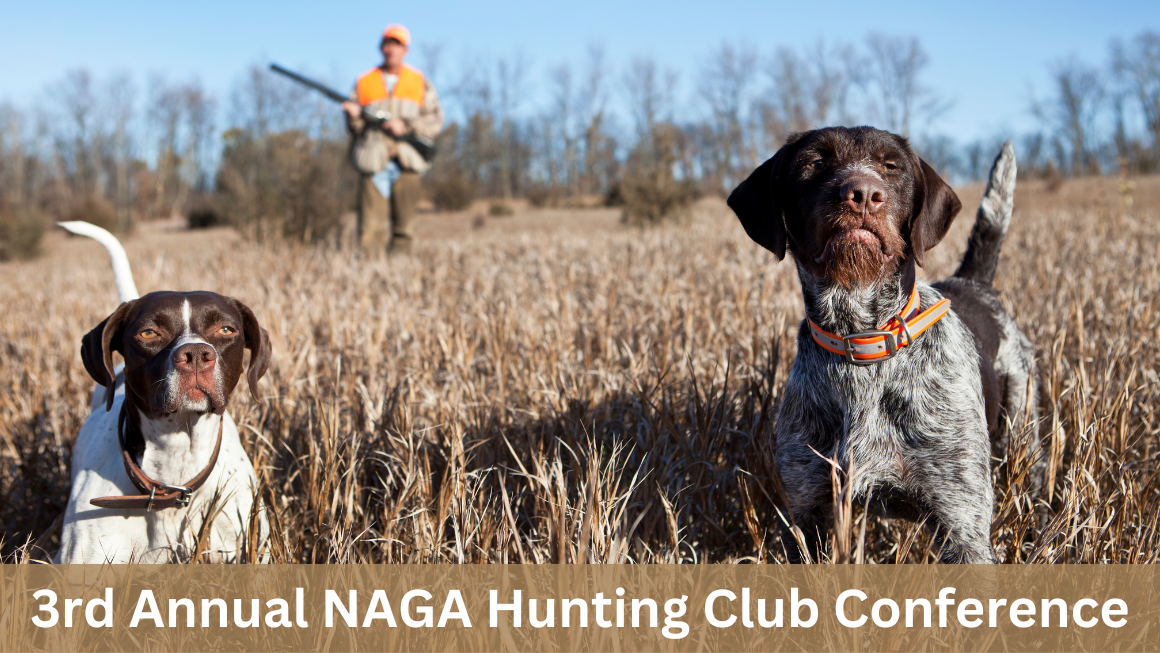
Join Us at the 3rd Annual NAGA Hunting Club Conference!
Read Post

A Comparison of Hatch Data Between Two Different Genetic Types of Pheasants
Read Post
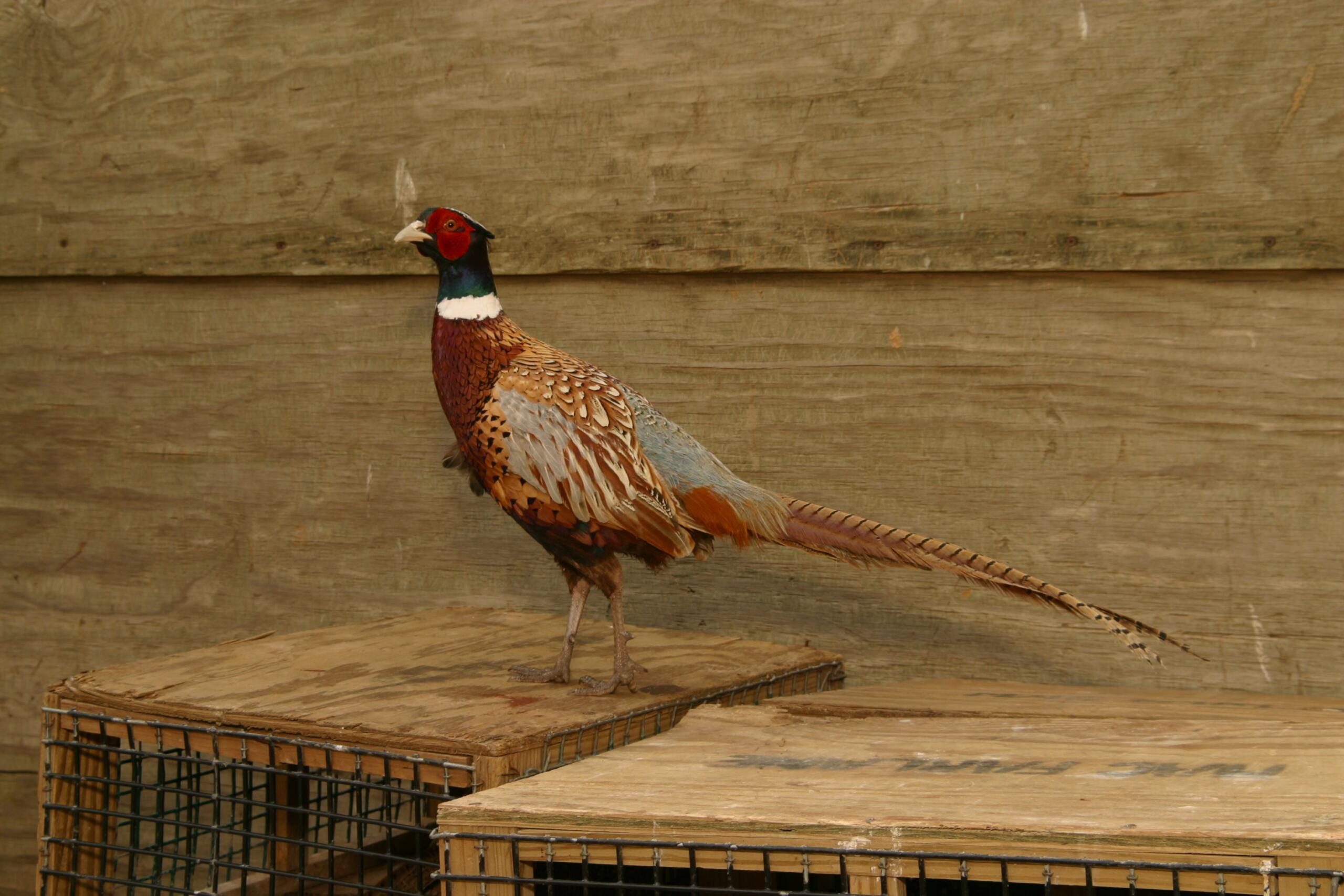
DuPont Financial Analysis Model
Read Post
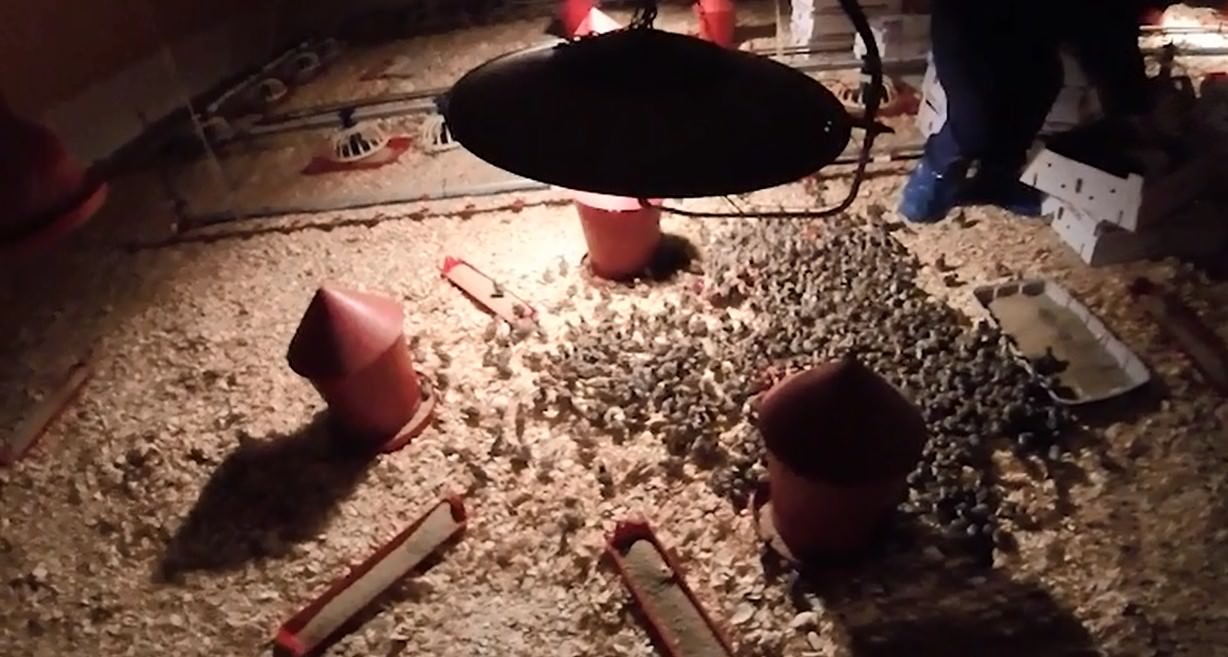
Interpreting Water Results
Read Post

Crichel Estate – An English Sporting Estate
Read Post
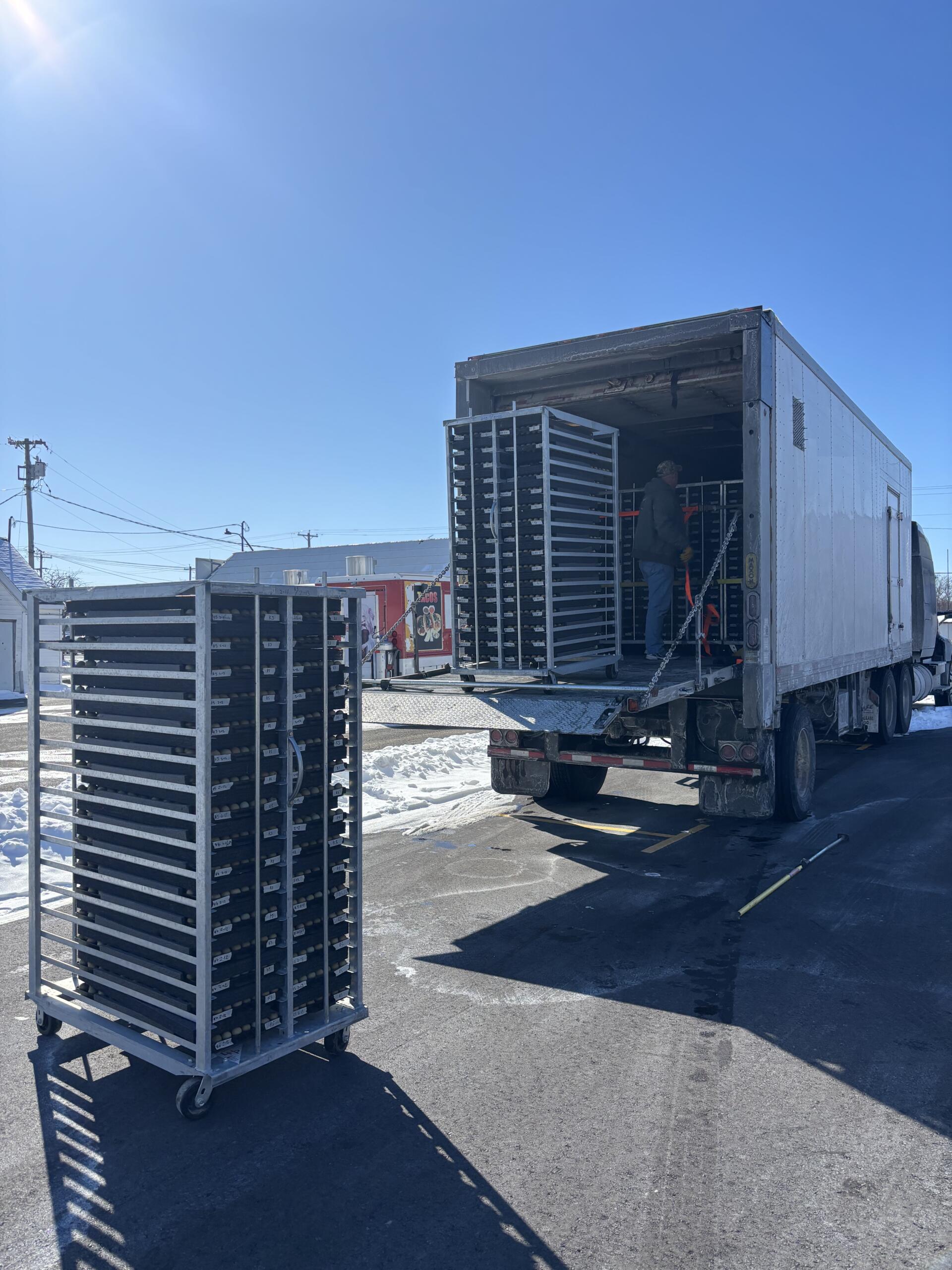
Busy Times at MacFarlane Pheasants’ Missouri Breeder Farms 2024!
Read Post
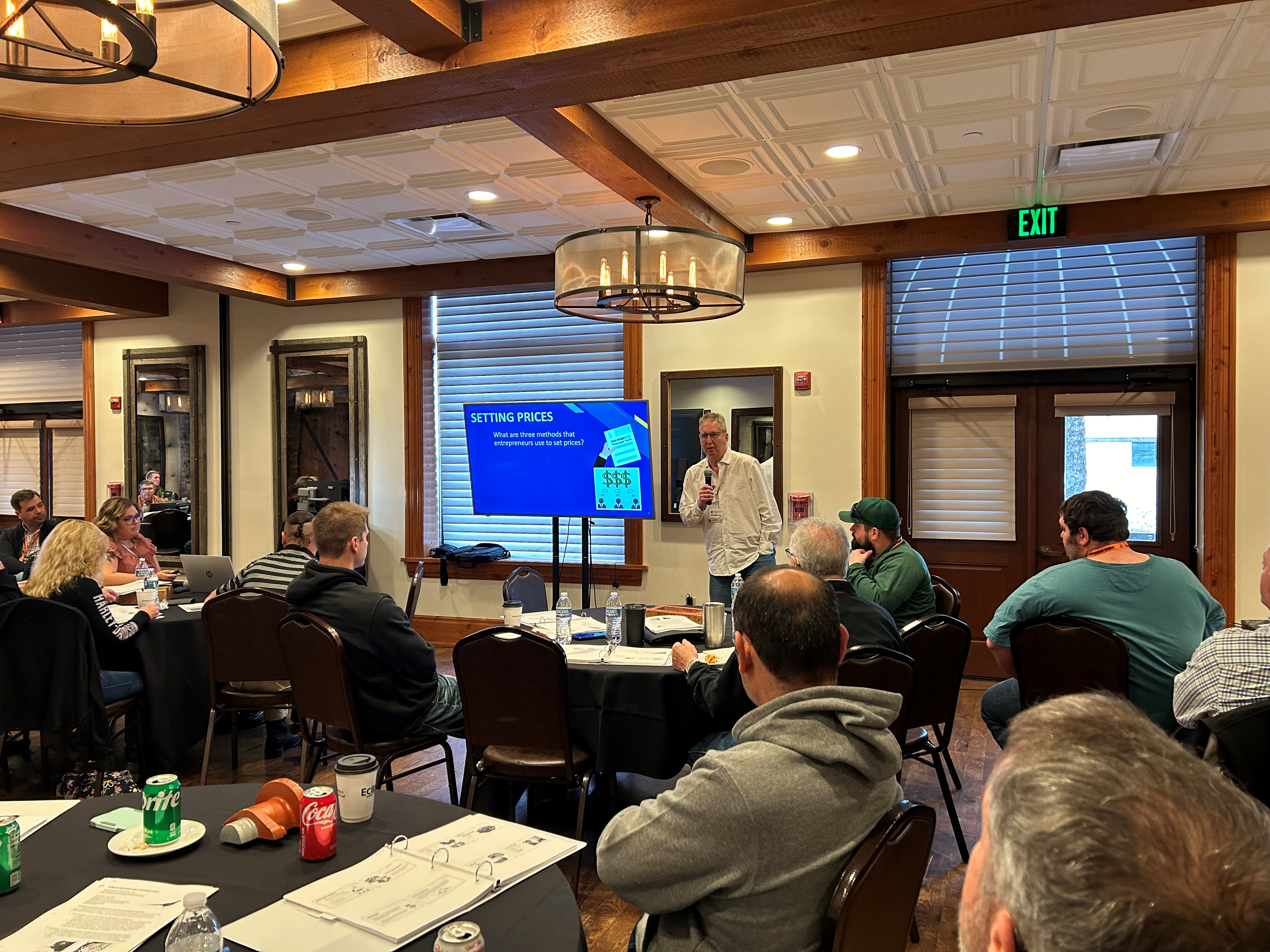
The 14th Biennial Pheasant Management Seminar-March 3-6, 2024
Read Post
Take Advantage of These Free Resources
As the biggest game bird farm in the United States, we want to share our experience with you. Download our free resources below and get started.

